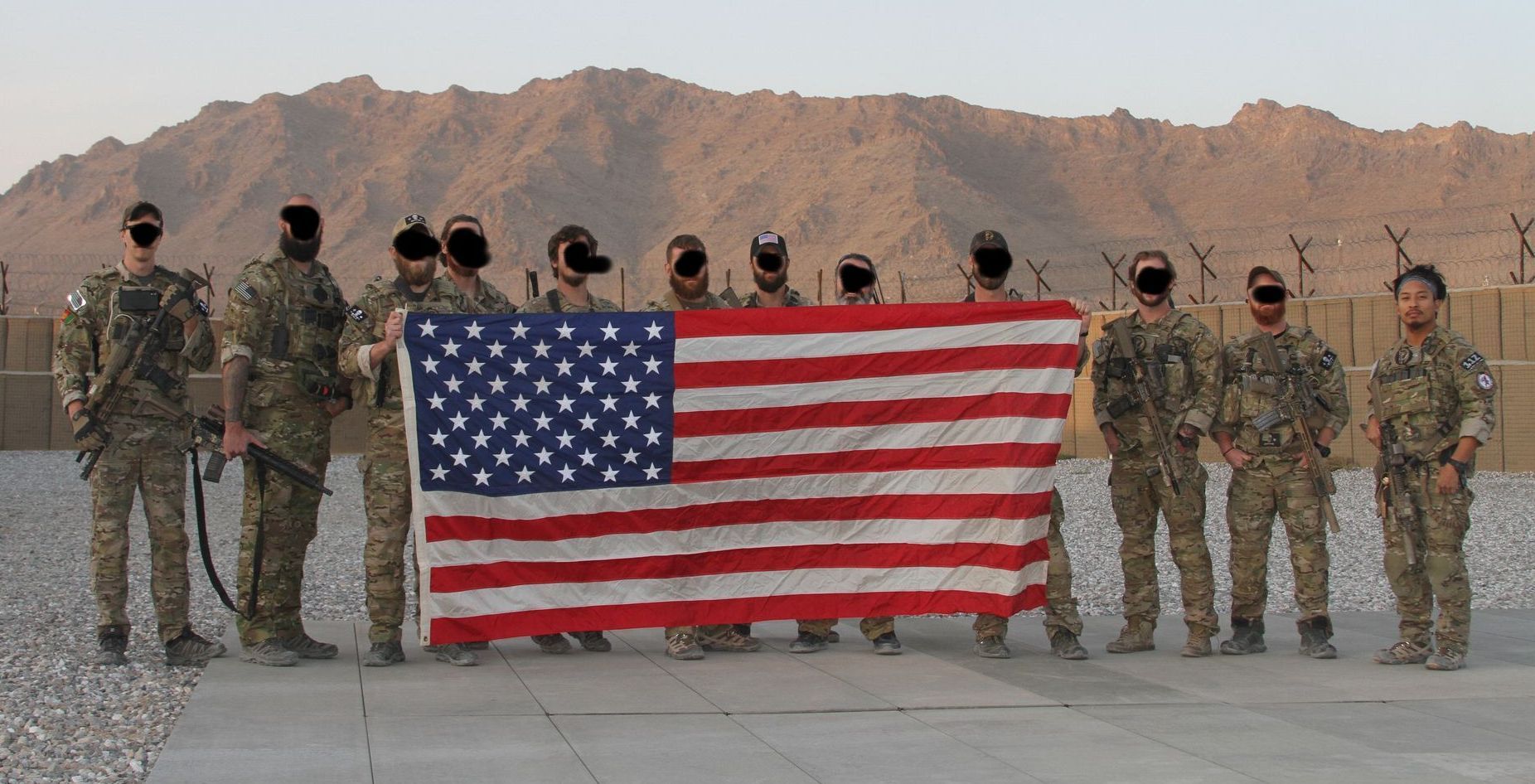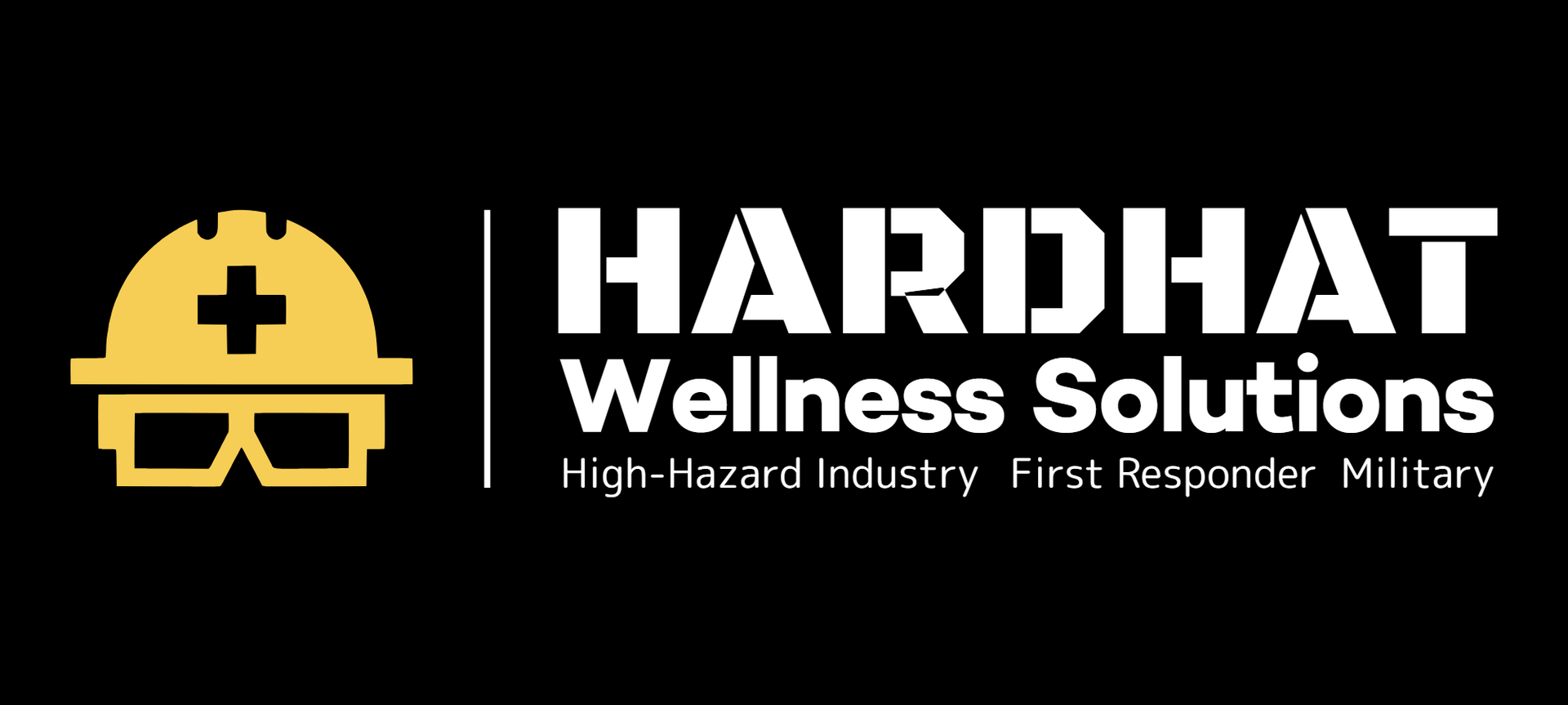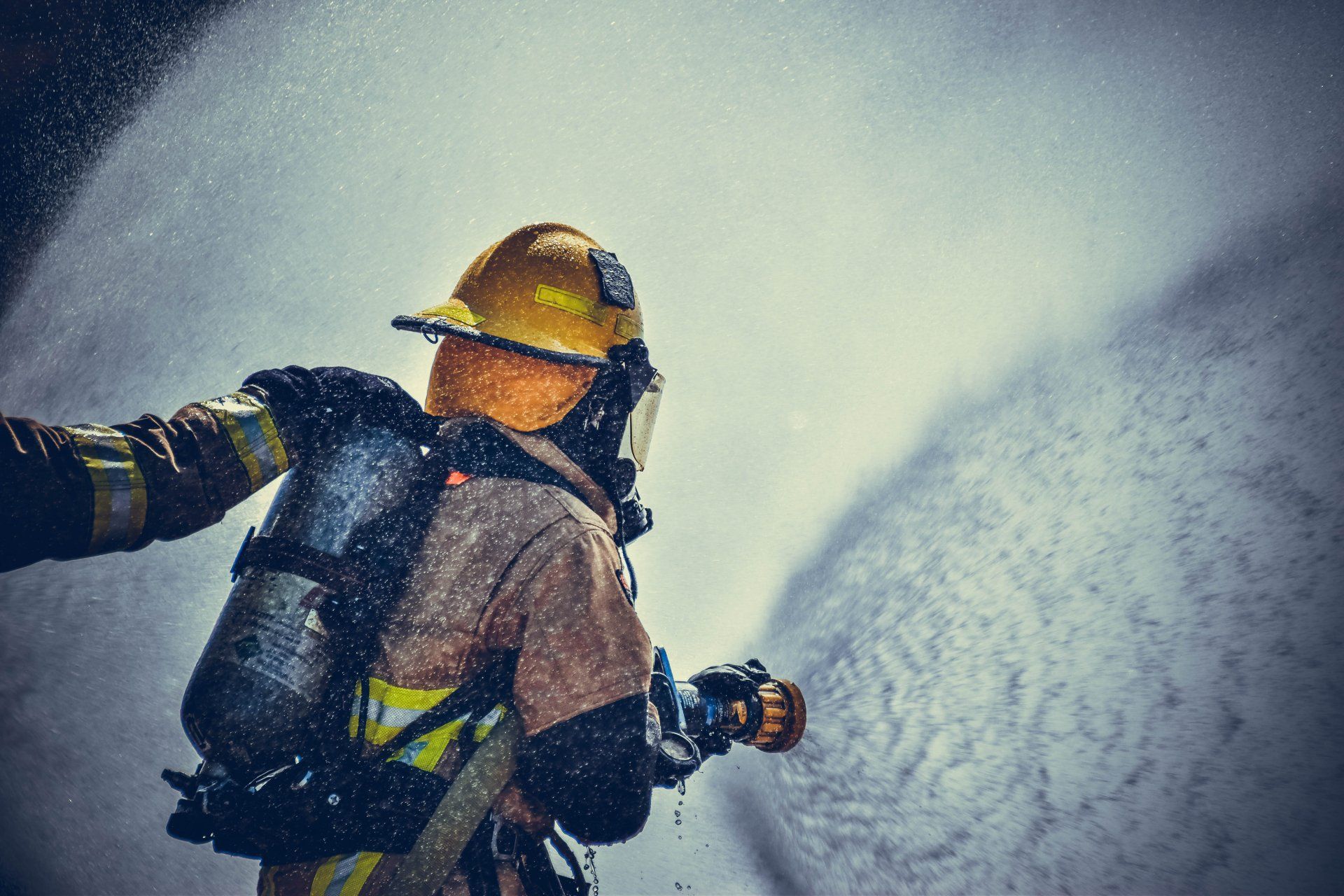Understanding High-Hazard Professions and Stress
What makes us so remarkably resilient also confers unique vulnerability to worsening health outcomes. How do we fix it?
Answer: Build a culture of wellness and self-care.

In the high-stakes world of Army Special Forces, stress is not just a part of the job – it's a constant companion. But what if I told you that the stressors faced by Army Special Forces soldiers bear striking similarities to those encountered by professionals in high-hazard industries, fire service, EMS, healthcare, and law enforcement? At HardHat Wellness, we've delved deep into the parallels between these environments and the military, drawing upon our team's diverse backgrounds in advanced practice nursing, fire and EMS, Special Forces military operations, and behavioral health to offer unique insights and support to these populations.
Our journey began with a simple realization: the stressors faced by Army Special Forces soldiers are not unique to the military realm. In fact, my master's thesis explored the commonalities between these vulnerable populations, shedding light on the shared experiences and challenges they encounter. Armed with this knowledge, we set out to bridge the gap between military and civilian contexts, leveraging our team's firsthand experiences and expertise to connect deeply with these vulnerable populations.
What is a High-Hazard Profession?
High-hazard professions (according to the OSHA definition) refer to occupations characterized by a high risk of injury, illness, or fatality due to exposure to hazardous conditions or environments. These professions often involve working with dangerous machinery, hazardous chemicals, extreme temperatures, or high physical exertion. Examples include construction, manufacturing, firefighting, emergency medical services (EMS), law enforcement, healthcare, and military service. OSHA provides regulations and guidelines to ensure the safety and health of workers in these industries, aiming to prevent accidents, injuries, and fatalities through proactive safety measures and compliance with safety standards.
The vulnerability of individuals in high-hazard professions to physical and mental health disorders stems from several factors:
- Physical Hazards: These occupations expose workers to a variety of physical hazards such as falls, chemical exposure, heavy machinery accidents, and repetitive strain injuries. These hazards can result in acute injuries, chronic health conditions, and long-term disabilities.
- Psychological Stressors: High-hazard professions often involve high levels of psychological stress due to the nature of the work, including exposure to traumatic events, life-threatening situations, long hours, shift work, and intense pressure to perform under challenging conditions. This chronic stress can lead to mental health disorders such as post-traumatic stress disorder (PTSD), anxiety, depression, and substance abuse.
- Social and Organizational Factors: The organizational culture, work environment, and social dynamics within these professions can contribute to increased vulnerability to health disorders. Factors such as hierarchical structures, lack of social support, stigma around seeking help for mental health issues, and perceived norms of toughness and resilience may deter individuals from seeking necessary support and treatment.
High-hazard professions share several similarities with the military and first responder communities:
- Mission-Critical Roles: Just like military and first responders, workers in high-hazard professions play critical roles in ensuring public safety, security, and emergency response. They often face high levels of responsibility and pressure to perform their duties effectively under challenging circumstances.
- Exposure to Trauma: Workers in these professions are frequently exposed to traumatic events, life-threatening situations, and critical incidents that can have a profound impact on their physical and mental well-being. The cumulative effects of repeated exposure to trauma can increase the risk of developing PTSD and other mental health disorders.
- Culture of Service and Sacrifice: Military, first responders, and workers in high-hazard professions share a common ethos of service, sacrifice, and dedication to protecting others. They are often driven by a sense of duty, honor, and commitment to their profession, which can lead to a reluctance to prioritize their own health and well-being.
Overall, the unique combination of physical hazards, psychological stressors, and social factors makes individuals in high-hazard professions particularly vulnerable to certain physical and mental health disorders. By recognizing and addressing these challenges, organizations can better support the health and well-being of their workforce and ensure the continued safety and effectiveness of these critical professions.
Shared Values, Shared Cultures
What we discovered along the way was truly remarkable – the values that underpin each of these professions are fundamentally the same. Whether it's the commitment to service, the pursuit of excellence, or the unwavering integrity that defines their actions, professionals in high-hazard industries share a common ethos with their military counterparts. What works well to promote wellness in one high-hazard profession is likely to work well in another. This framework is what sets HardHat Wellness apart from the rest, and why we believe that focusing on these populations is what we are called to do today.
At HardHat Wellness, we don't just preach empathy – we embody it. Our team members have walked the same paths as those we seek to serve, allowing us to forge genuine connections and provide tailored support that speaks to the unique challenges faced by each individual. From personalized coaching to innovative interventions, we're committed to empowering these brave men and women to navigate their health and well-being journey with confidence and resilience.
In the world of high-hazard professions, the challenges may be daunting, but the resilience of the human spirit knows no bounds. At HardHat Wellness, we stand shoulder to shoulder with those who dare to brave the frontlines, offering our support to build a new culture that dares to say that wellness and self-care are not inconsistent with our professional work ethos. We are here. We're ready to help.
-jon




